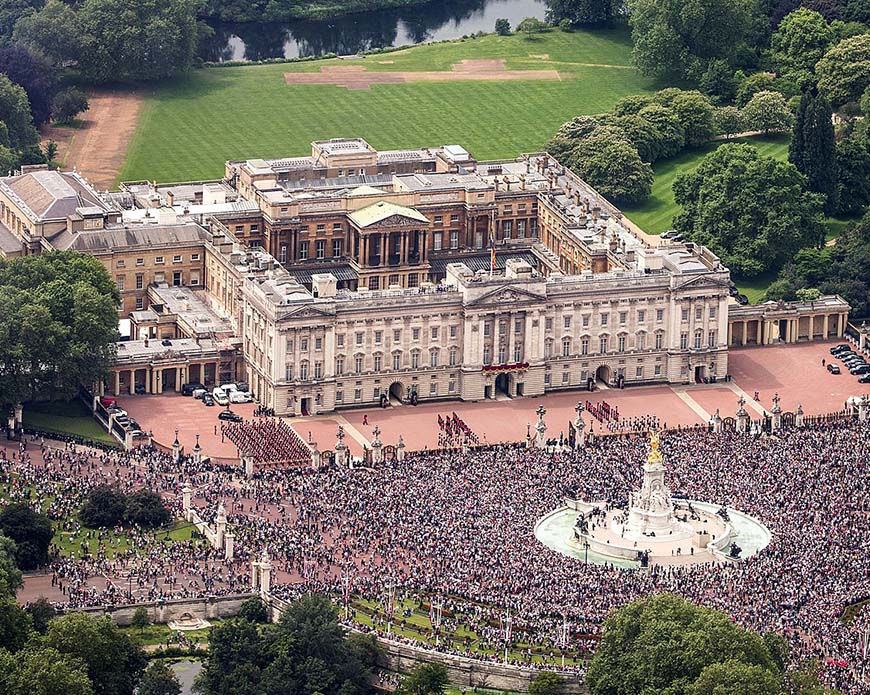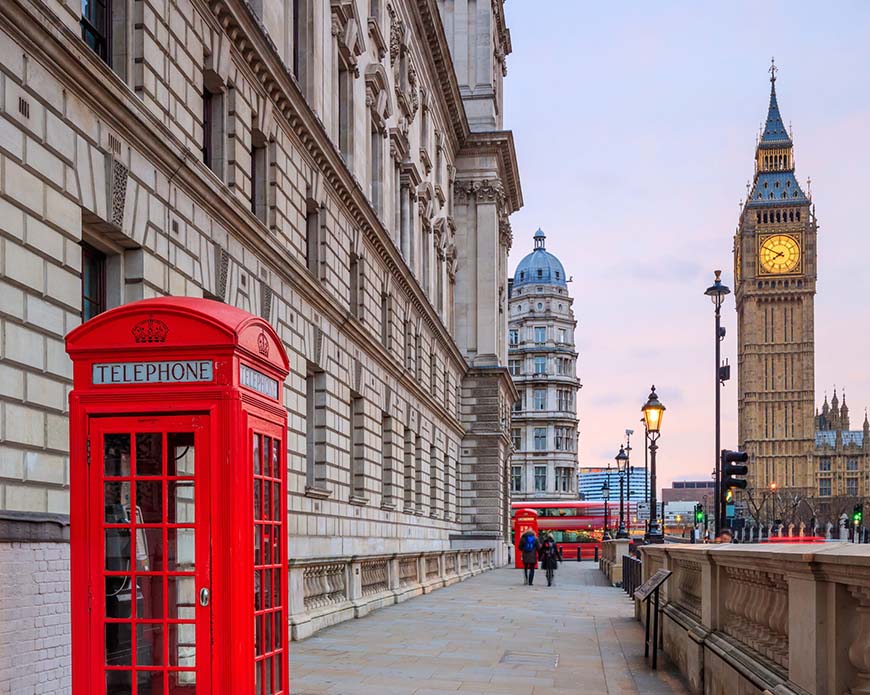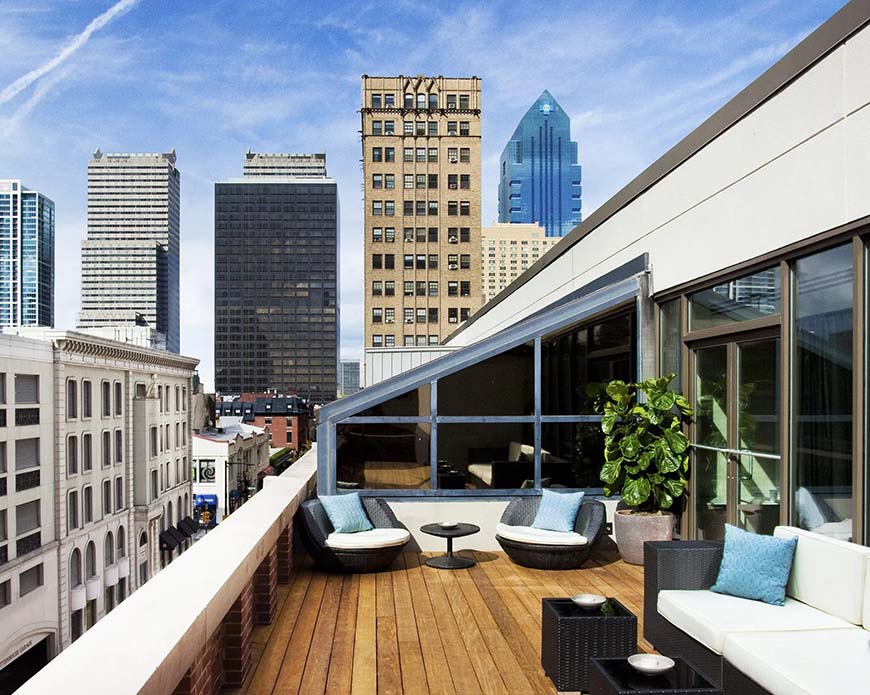London is the capital of the United Kingdom and a city with a long history and culture. With its centuries-old landmarks and vibrant modern energy, it offers a unique blend of past and present. I embarked on a journey to discover the historical gems of this iconic city, immersing myself in its rich heritage and the diverse cultures that have been woven over the years.
From the majestic Tower of London to the opulent Buckingham Palace, the awe-inspiring Westminster Abbey to the treasure trove of humanity at the British Museum, each location has its own stories to tell and its own unique charm to offer.
Join me as we wander through time and culture, discovering the majesty, grandeur, and profound significance of these iconic landmarks. With each step, we’ll delve into the past, exploring the history that has shaped the city and the world. And along the way, we’ll uncover the vibrant cultural fabric of contemporary London, where tradition and innovation coexist harmoniously.
Our journey begins with a visit to the Tower of London, a living testament to the tumultuous history of the UK and a repository of royal heritage. So, let’s set forth on this adventure through London’s historic gems, where every step is a step through time and culture.
The Majesty of the Tower of London
Nestled on the north bank of the River Thames, the Tower of London is a living testament to the rich and often tumultuous history of the United Kingdom. As I approached this iconic landmark, I couldn’t help but feel a sense of awe and anticipation. It’s not just a fortress; it’s a repository of stories, secrets, and centuries of royal heritage.
The Tower’s history dates back to 1066 when William the Conqueror ordered its construction as a symbol of his authority over the newly conquered English kingdom. Over the centuries, it evolved from a royal residence to a notorious prison. It housed famous prisoners like Anne Boleyn and Lady Jane Grey, both of whom met their tragic fates within its stone walls.
Today, the Tower is perhaps best known for its role as the home of the Crown Jewels. As I entered the Jewel House, the dazzling brilliance of the royal regalia left me breathless. The Imperial State Crown, the Sovereign’s Sceptre, and the legendary Koh-i-Noor diamond are just a few of the priceless treasures on display.
To make the most of my visit to the Tower of London, I booked my tickets in advance through the official Tower of London website. The cost of admission for adults was approximately £25, and it was well worth it for the immersive experience it provided. Booking in advance not only saved me time but also ensured that I could explore every nook and cranny of this historic site.
The Tower offers guided tours, but I opted for a self-guided experience. Armed with a map and a sense of curiosity, I wandered through the White Tower, explored the medieval battlements, and marveled at the stunning architecture that has withstood the test of time.
What struck me most about the Tower of London was its ability to transport me back in time. Standing in the same chambers where historic events unfolded and gazing upon the very jewels worn by monarchs of old, I felt a deep connection to the past. It’s a place where history truly comes alive, and I couldn’t help but be enchanted by its rich heritage and the royal legacy it preserves.
Buckingham Palace – A Glimpse into Royalty

As I made my way to Buckingham Palace, I couldn’t help but feel a sense of excitement. This iconic residence serves as the official London residence of Her Majesty The Queen and has witnessed countless historic events and royal ceremonies.
Buckingham Palace was originally known as Buckingham House and was acquired by King George III in 1761 as a private residence for Queen Charlotte. It wasn’t until Queen Victoria’s reign that it became the official royal residence. The stunning neoclassical façade we see today was added during the reign of King Edward VII.
During the summer months, visitors have the opportunity to explore the opulent State Rooms of Buckingham Palace. These lavishly decorated rooms, including the Throne Room and the Grand Ballroom, are where the Queen receives dignitaries and hosts state banquets. To secure my tickets for the Summer Opening, I turned to the Royal Collection Trust website. The cost of admission for adults was approximately £26.50, and it’s essential to book well in advance, as these tours are immensely popular.
One of the most iconic and free experiences at Buckingham Palace is witnessing the Changing of the Guard ceremony. It typically takes place daily at 11:00 AM during the summer months and on alternate days during the winter. I arrived early to secure a good viewing spot, as the area can get quite crowded.
The precision and pageantry of this ceremony are a sight to behold. The Guards, resplendent in their red tunics and bearskin hats, perform a choreographed routine that is a quintessential part of the British royal tradition.
What I found most captivating about Buckingham Palace was the juxtaposition of its grandeur against the everyday life of London. While the palace itself exudes opulence, the nearby parks and bustling streets provide a glimpse into the city’s vibrant energy. It’s a place where tradition meets modernity, and I felt privileged to witness both aspects.
As I stood there, watching the Changing of the Guard and absorbing the regal atmosphere, I couldn’t help but appreciate the seamless blend of history and contemporary life that Buckingham Palace represents. It’s a place where the past meets the present, and where the allure of royalty is complemented by the dynamism of London’s streets. Buckingham Palace truly offers a unique glimpse into the heart of British monarchy and the vibrant spirit of the city.
Westminster Abbey – Where History Meets Faith
Westminster Abbey, a short stroll from Buckingham Palace, is a masterpiece of Gothic architecture and a place of profound historical and religious significance. As I entered its hallowed halls, I was immediately struck by the sense of reverence that permeated the air.
The history of Westminster Abbey is intertwined with that of the English monarchy. It has been the setting for countless coronations, royal weddings, and funerals. One of the most memorable moments in recent history was the wedding of Prince William and Catherine Middleton in 2011, which I watched with millions of others around the world.
The Abbey is also the final resting place of many British monarchs, including Queen Elizabeth I and Mary, Queen of Scots. The Poets’ Corner, where literary giants like Geoffrey Chaucer and Charles Dickens are buried, is another poignant and intellectually inspiring part of the Abbey.
To make the most of my visit to Westminster Abbey, I booked my tickets through the official Westminster Abbey website. The cost of admission for adults was approximately £24, and it was a wise decision as it not only saved me time but also allowed me to choose from various types of tickets, including guided tours and audio guides.
Westminster Abbey’s architecture is a testament to the skill and craftsmanship of medieval builders. The soaring ribbed vaults, pointed arches, and intricate stained glass windows create an atmosphere of ethereal beauty. It’s a place where every corner seems to whisper stories of the past, and I was captivated by the artistry that surrounded me.
As I wandered through the Abbey, I was particularly drawn to the Lady Chapel, a masterpiece of Perpendicular Gothic architecture. Its intricately carved fan vaulting and large windows filled the space with a soft, diffused light that seemed to enhance the spiritual ambiance. It was a place of quiet reflection and a profound connection with the centuries of history and faith that have unfolded within these walls.
What struck me most about Westminster Abbey was its ability to seamlessly blend history, faith, and art. It’s a place where the divine meets the mortal, and where the achievements of humanity are celebrated alongside religious devotion. It left me with a profound sense of reverence and appreciation for the centuries of history it holds, and I departed with a deeper understanding of the profound role it plays in British culture and heritage.
The British Museum – A Treasure Trove of Humanity

The British Museum is a place where the entire world’s history and culture come together under one roof. As I entered its majestic Great Court, I felt like a time traveler embarking on a journey through the ages and across continents.
The museum’s collection is vast and eclectic, spanning over two million years of history. From the Rosetta Stone to the Elgin Marbles, it houses some of the most iconic and contested artifacts in the world. These treasures were acquired during the height of the British Empire and include items from ancient Egypt, Greece, and beyond.
One of the highlights of my visit was the Egyptian galleries. I marveled at the intricately carved sarcophagi, mummies, and the awe-inspiring collection of ancient Egyptian artifacts. The Rosetta Stone, with its inscriptions in multiple languages, was a particular fascination, as it played a pivotal role in deciphering hieroglyphs.
To make the most of my visit, I booked my tickets through the British Museum’s official website. The best part? General admission is free, which is a remarkable opportunity to access this treasure trove of history. However, special exhibitions may require separate tickets, so it’s a good idea to plan your visit accordingly and check for any additional costs.
The museum’s architecture is a blend of classical and modern elements, with the striking glass roof of the Great Court providing a contemporary contrast to the historic surroundings. It’s a space where the old and the new coexist, reflecting the museum’s role as a guardian of tradition and a platform for contemporary discourse.
One of the most thought-provoking aspects of the British Museum is the debate surrounding the repatriation of certain artifacts, such as the Elgin Marbles, which were removed from the Parthenon in Athens. This issue highlights the complex and often contentious nature of museums’ relationships with their collections and the countries of origin.
My visit to the British Museum left me in awe of the sheer breadth of human history and creativity that it houses. It’s a place where you can traverse the globe and journey through time in a matter of hours. The museum’s commitment to free admission makes it an accessible and enriching experience for all, and I left with a deeper appreciation for the diversity of cultures that have shaped our world.
As my journey through London’s historic gems comes to a close, I’m left with a profound appreciation for the depth of history, culture, and heritage that this remarkable city has to offer. From the Tower of London’s formidable presence to Buckingham Palace’s regal splendor, from the spiritual grandeur of Westminster Abbey to the global tapestry of the British Museum, each chapter of this adventure has been a step back in time and a glimpse into the rich tapestry of human civilization.
London, with its unique blend of the past and the present, is a city that truly celebrates its history while embracing the dynamism of contemporary life. It’s a place where tradition and innovation coexist harmoniously, where ancient stories continue to resonate in modern times, and where the treasures of humanity find a home under one majestic roof.
As I reflect on my journey, I’m reminded of the words of T.S. Eliot, who wrote, “We shall not cease from exploration, and the end of all our exploring will be to arrive where we started and know the place for the first time.” My exploration of London’s historic gems has brought me full circle, deepening my understanding of this magnificent city and leaving me with memories that will last a lifetime.
I hope that this journey has inspired you to embark on your adventures, to discover the majesty and wonder that await in the historic and cultural treasures of the world. And if you find yourself in London, may you walk in the footsteps of history, marvel at the grandeur of the past, and embrace the vibrant spirit of the present.



